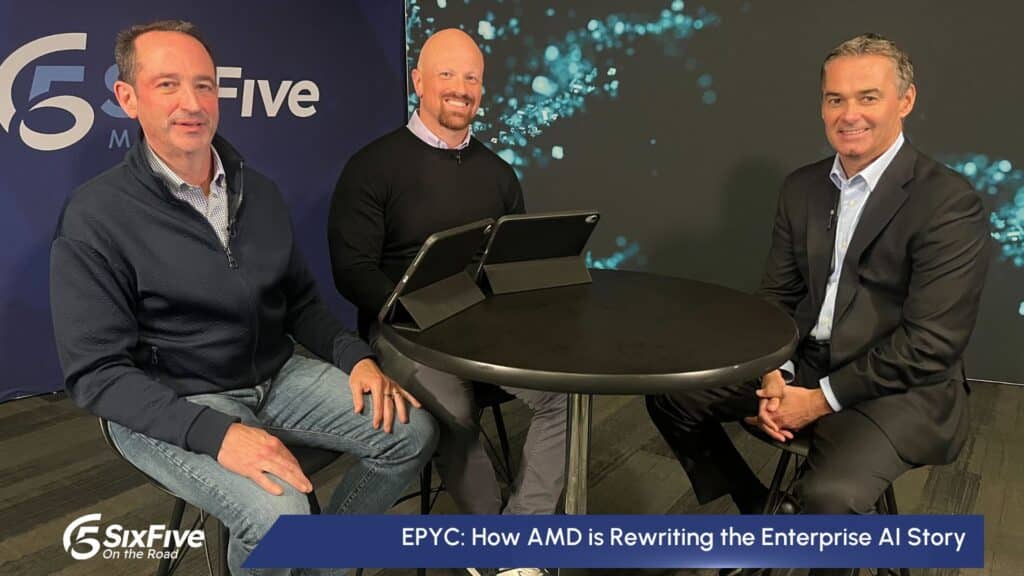The News: Zenarate announced it closed a $15 million funding round led by Boston-based growth equity firm, Volition Capital, which comes on the heels of 234% year-over-year enterprise client growth. Zenarate’s AI Coach uses natural language processing (NLP) and natural language understanding (NLU) to offer contact center agents a lifelike simulation training experience, coaching agents on tone, soft skills, and best and required practices throughout their role-play simulation. To date, Zenarate says it has delivered more than 16 million agent simulations in 15 languages to name-brand clients in financial services, insurance, healthcare, telecommunications, technology, retail, and travel industries.
You can read the Press Release announcing the funding round and detailing Zenarate’s solution here.
AI Contact Center Training Tools Provide Efficiency, But Need Guardrails
Analyst Take: Zenarate’s AI-powered simulation training platform was given a boost in the market, thanks to a $15 million capital raise via a funding round led by Volition Capital. Zenarate’s AI Coach is a training solution for customer service and sales agents, where agents in training are immersed in lifelike conversation, screen, and chat simulations to master high-impact topics they will face with live customers and prospects.
According to the company, Zenarate uses NLP and NLU to create role-playing situations that allow agents to become proficient on conversation topics and skills. AI Coach can either present random call scenarios, forcing agents to learn how to quickly respond to unfamiliar situations, or managers can assign a particular scenario to specific agents and teams to focus on a targeted skill or task.
AI Coach provides feedback on their tone and soft skills, and makes suggestions where appropriate. Agent performance is measured via a scorecard, which shows when baseline requirements have been met, and benchmarks have been achieved, such as transitioning a conversation from service to sales, or successfully juggling multiple chats concurrently.
AI Training Tools Provide Immediate KPI Lift
Not surprisingly, AI Coach delivers an immediate KPI lift as soon as new agents engage in live conversations, and tenured agents return to live conversations confident and proficient on conversation topics and skills they previously struggled with, according to the company.
According to the press release announcing the funding round, AI Coach delivers on average:
- 56% faster agent speed-to-proficiency vs. traditional training
- 33% higher average CSAT (customer satisfaction) scores from agents delivering soft skills, best practices, and first-call resolution
- 32% lower agent attrition from agents experiencing early job satisfaction and success
This success is not surprising, given that traditional training methods are often haphazard and poorly delivered, given the broad demands of contact center managers, and the significant time investment required to conduct live training sessions. Delivered via a hosted platform, AI Coach can be deployed wherever an agent has an internet connection, a Chrome or Edge browser, and a headset. As such, training can be conducted asynchronously and without direct involvement of live trainers or managers.
Lack of Clarity for Scoring
According to the company, AI Coach can be used to help agents master a positive tone, with Zenarate indicating that the software scores every agent utterance for tone, helping agents learn their tone strengths and opportunities for improvement. However, there is little information available on the company website describing efforts to mitigate any potential biases found in the AI training model, and the company did not return my request for an interview to discuss the topic.
When dealing with language and speech, there are sometimes differences in phrases utilized by speakers that do not conform to the traditional or proper form of the language. Examples include informal grammar such as African American Vernacular English (AAVE), Cockney, and Southern American English, which may be used by prospective agents or agents in training.
This is not to say that the models definitively would score speakers of these vernacular lower than those using “proper” American or British English, but the company has not provided any insight into how the models may be dealing with this issue. Other news stories covering the company have noted that company executives have said that the platform’s AI models are trained with each client’s “best and required practice” data and that clients are charged with overseeing the model training.
However, that statement does not delve into how the models may be dealing with potential biases that may have been baked into the initial training data set, which should be concerning to contact center operators that are considering the technology. Diversity, equity, and inclusion (DEI) is a huge issue, with potential reputational and legal risks to companies that do not pay attention to how it is addressed within their practices, training methodologies, and software.
Disclosure: The Futurum Group is a research and advisory firm that engages or has engaged in research, analysis, and advisory services with many technology companies, including those mentioned in this article. The author does not hold any equity positions with any company mentioned in this article.
Analysis and opinions expressed herein are specific to the analyst individually and data and other information that might have been provided for validation, not those of The Futurum Group as a whole.
Other insights from The Futurum Group:
Facing the Unknowns of Generative AI, Key Industry Players Collaborate, Incubate, and Back Startups
Survey: Decision Makers Embracing the Autonomous Enterprise
Study: Generative AI Is Most Helpful to Less-Skilled Contact Center Workers
Author Information
Keith has over 25 years of experience in research, marketing, and consulting-based fields.
He has authored in-depth reports and market forecast studies covering artificial intelligence, biometrics, data analytics, robotics, high performance computing, and quantum computing, with a specific focus on the use of these technologies within large enterprise organizations and SMBs. He has also established strong working relationships with the international technology vendor community and is a frequent speaker at industry conferences and events.
In his career as a financial and technology journalist he has written for national and trade publications, including BusinessWeek, CNBC.com, Investment Dealers’ Digest, The Red Herring, The Communications of the ACM, and Mobile Computing & Communications, among others.
He is a member of the Association of Independent Information Professionals (AIIP).
Keith holds dual Bachelor of Arts degrees in Magazine Journalism and Sociology from Syracuse University.





